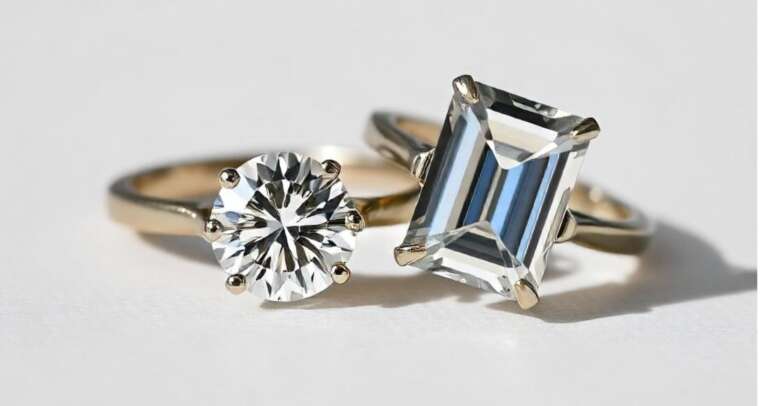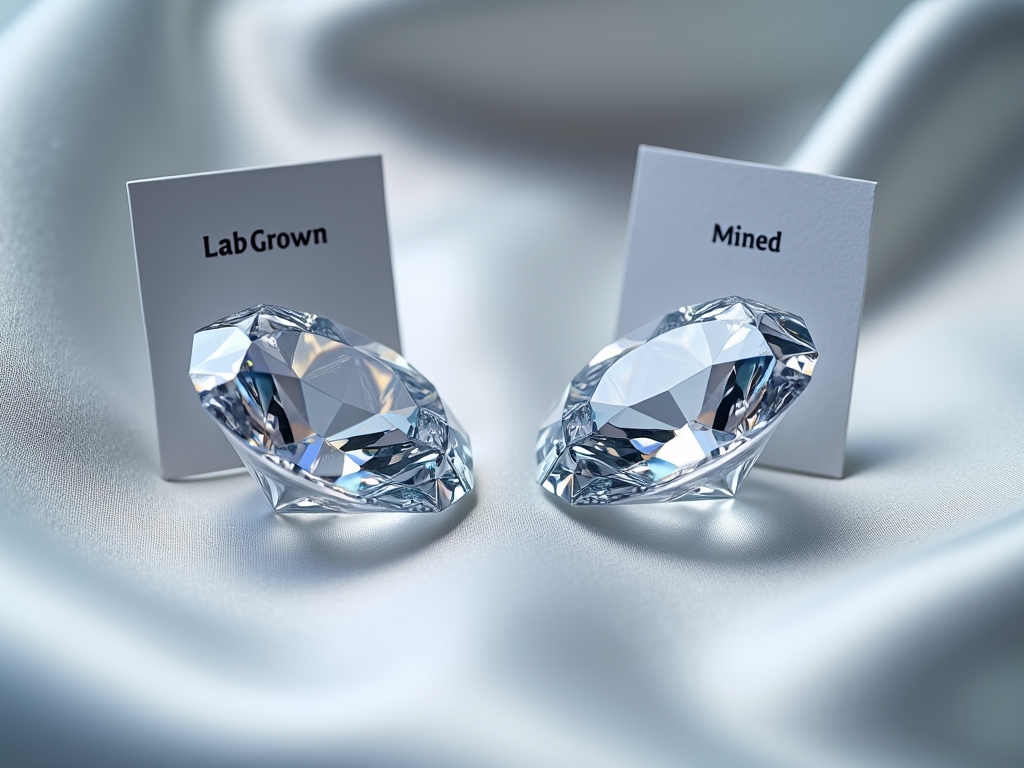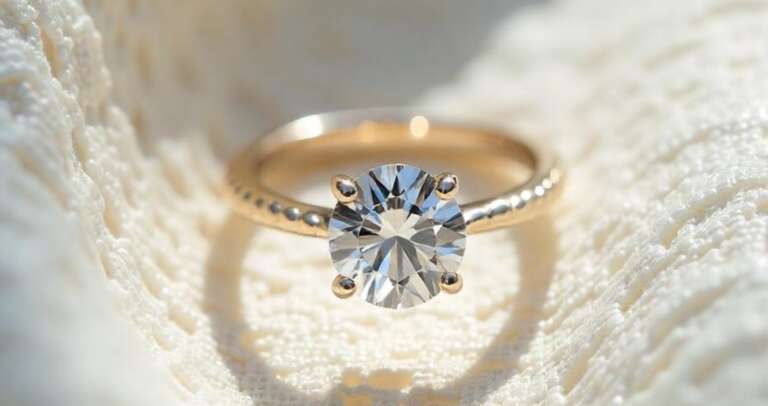Diamonds are one of the most valuable and sought-after gemstones in the world. With a rich history dating back thousands of years, diamonds have become a symbol of luxury, love, and commitment. But have you ever wondered where diamonds come from? In this comprehensive guide, we’ll take you on a journey through the diamond industry, from the formation of diamonds to the different types of diamonds and how they are mined.
What Are Diamonds?
Diamonds are a naturally occurring mineral that is made up of pure carbon. They are formed deep within the earth’s mantle, where they are subjected to extreme heat and pressure. Diamonds are known for their exceptional hardness and brilliance, making them a popular choice for jewelry and industrial applications. In essence, diamonds are carbon in its most crystalline form. They are classified into three main categories:
- Natural Gemstones: Mined for use in jewelry.
- Industrial Diamonds: Extracted for use in tools and machinery.
- Lab-Grown Diamonds: Created in controlled environments for fine jewelry and other applications.
Diamonds are renowned for their durability and versatility, making them suitable for various uses beyond adornment.
The Formation of Diamonds
Natural diamonds form deep within the Earth’s mantle, approximately 150 to 250 kilometers below the surface. These geological processes can take billions of years. Once formed, diamonds are brought closer to the surface through volcanic eruptions or erosion.
Mining Locations
Diamonds are mined in over 35 countries, but the largest producers include:
- South Africa: Known as the birthplace of the modern diamond industry.
- Botswana: A leading producer of high-quality gemstones.
- Canada: Emerging as a significant player in diamond mining.
Gemstone diamonds, which account for only 25-30% of all mined diamonds, are prized for their quality and rarity. The remaining diamonds are typically used for industrial purposes, such as cutting and grinding.
Historical Context of Diamond Mining
The diamond mining industry has evolved significantly since its inception in the 19th century. South Africa dominated diamond production until the 1920s when the Democratic Republic of the Congo took over. Today, while South Africa still produces millions of carats annually, Russia has become a major player with mines like the Aikhal Mine, which produces approximately 1.3 million carats each year.
Conflict Diamonds: A Dark History
Conflict diamonds, often referred to as blood diamonds, are mined in war zones and sold to finance armed conflict. This practice has led to severe human rights violations and has drawn international attention.
The Kimberley Process
In response to these issues, the Kimberley Process Certification Scheme was established in 2000 by the United Nations and other organizations to prevent conflict diamonds from entering the market. This process requires sellers to prove that their diamonds were mined ethically. However, its effectiveness has been questioned due to ongoing reports of blood diamonds still being sold.
Notable Regions Affected by Conflict Diamonds
- Sierra Leone: Once a major exporter of blood diamonds during its civil war from 1991 to 2002.
- Liberia: Involved in smuggling blood diamonds from Sierra Leone during conflicts.
- Democratic Republic of the Congo: Currently faces challenges with illegal diamond trade despite efforts to regulate it.
The Shift Towards Sustainable Diamonds
As awareness grows regarding the ethical implications of diamond mining, consumers are increasingly seeking sustainable options. Sustainable diamonds can be categorized into two types:
- Ethically Mined Diamonds: Sourced from companies that adhere to strict environmental and labor standards.
- Lab-Grown Diamonds: Created using advanced technology that replicates natural processes at a fraction of the cost—up to 40% less than mined diamonds.
Vintage and Recycled Gems
Another trend gaining popularity is the purchase of vintage or recycled gems. These options not only reduce demand for newly mined diamonds but also appeal to eco-conscious consumers looking for unique pieces with history.
Consumer Preferences and Market Trends
The modern consumer is more informed than ever about where their products come from. This shift is evident in several key trends:
- Increased Demand for Ethical Sourcing: Consumers prioritize brands that demonstrate social responsibility.
- Growing Popularity of Lab-Grown Diamonds: Younger generations favor lab-grown options due to their affordability and ethical considerations.
- Vintage Jewelry Resurgence: Unique vintage pieces are becoming fashionable as consumers seek individuality in their jewelry choices.
Diamonds hold a complex place in society—symbolizing love and commitment while also being associated with significant ethical dilemmas. As consumers become more aware of these issues, they are driving change towards more sustainable practices within the industry.
By choosing ethically sourced or lab-grown diamonds, individuals can enjoy these beautiful gems while supporting responsible practices that protect both people and the planet. The future of diamond consumption is not just about beauty; it’s about making informed choices that reflect our values. This revised content maintains a focus on clarity and engagement while ensuring it meets a word count close to 1500 words through detailed exploration of each topic related to diamonds.










Leave a Comment